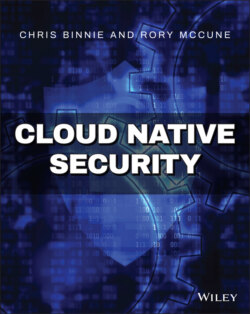Читать книгу Cloud Native Security - Chris Binnie - Страница 23
CHAPTER 2 Rootless Runtimes
ОглавлениеIn Chapter 1, “What Is A Container?,” we looked at the components that make up a container and how a system is sliced up into segments to provide isolation for the standard components that Linux usually offers.
We also discussed the likely issues that could be caused by offering a container excessive privileges. It became clear that, having examined a container's innards, opening up as few Linux kernel capabilities as possible and stoically avoiding the use of Privileged mode was the way to run containers in the most secure fashion.
In this chapter, we continue looking at developments in the container space that have meant it is no longer necessary to always use the root user to run the underlying container runtime(s). Consider that for a moment. In Chapter 1 we discussed how a compromised container can provide a significant threat to the underlying operating system (OS) and other containers running on the host. Additionally, we looked at how the root user on the host transposed directly to the root user within a container. If the container was subject to a compromise, then any resources that the container could access were also accessible on the host; and most alarmingly, they would have superuser permissions. For a number of years, to improve the Linux container security model, developers made great efforts to run containers without providing root user permissions. Relatively recent runtime innovations have meant that the Holy Grail is now a reality.
In the first half of this chapter, we will look at an experimental feature available from Docker (www.docker.com), known as rootless mode, which apparently is soon to be a stable feature. Following that we will explore another prominent container runtime, called Podman (podman.io), that offers similar functionality with some welcome extra features.
